What is Database?
Database is a collection of data that is stored with a particular system, and
is interconnected, so that it can be managed easily. Databases are important
for managing large amounts of data, and it's always growing. For example,
website programs, applications, and others. Let's say you are building an
online store website. Of course, you will have a lot of data, such as product
images, product descriptions, price information, and more.
Without a database, the data will only be stored on your computer, and cannot
be accessed by consumers. Or, consumers must first access data from your
computer directly. Apart from being dangerous, access will also be difficult,
right? Now, with a database, your website data can be stored on one server.
Any amount, can be adjusted to the capabilities of the server.
That way, the data can be processed simultaneously so that browsing activities
to see products, putting products into the shopping cart up to the payment
stage can run with a good system. Why did it happen? Because the database
storage system is able to manage data properly. You can organize files
according to their classification, for example text, images and others.
Database Types and Examples
Here are some types of databases with examples of their tools:1. Operational Database
Operational database or OLTP (On Line Transaction Processing) database is a
type of database that can manage dynamic data in real-time. So, you can
access and modify the database directly from your hardware. This type of
database is often used because it can manage SQL and NoSQL-based databases.
In addition, operational databases can also be collaborated with distributed
databases. So that it can improve database performance, such as data
scalability, data availability, to fault tolerance. So, the system continues
to run even if there are damaged components. Examples of Operational
Databases: Microsoft SQL Server, AWS Dynamo, Apache Cassandra, and MongoDB.
2. Relational Database
This type of database is most commonly used. Named relational, because the
data is stored in several tables that are interrelated or related (forming
relationships). For this type of database storage, you need an RDBMS or
Relational Database Management System. Typically, this RDBMS uses SQL or
Structured Query Language.
SQL is the most commonly used programming language for reading, creating,
updating, and deleting data. Relational Database Examples: MySQL,
PostgreSQL, MariaDB, SQLite.
3. NoSQL
NoSQL or Not Only SQL is a non-relational database. That is, data that can
be stored is not only in the form of tables, but also other types of data.
This database is commonly used by websites or applications that require
flexible usage, such as Google and Facebook. One example of this type of
database is MongoDB. That flexibility is what makes NoSQL a database that
can scale and keep up with evolving data needs.
4. Distributed Database
As the name implies, a distributed database is a distributed storage system.
That is, data is stored in several computers in the same place and connected
via a network. For example, data in one company can stay connected and well
organized, even though the data is spread across several computers.
This system benefits the user, because it can process different data by
several devices at once. If you want to expand your database system, you
just need to add a new device and connect it to the system.
Due to distributed data storage, if one server fails to process the data, it
will not affect the entire data. Examples of Distributed Databases: Apache
Ignite, Apache Cassandra, Apache HBase, Couchbase Server, Amazon SimpleDB,
Clusterpoint, and Foundation DB.
5. Database Warehouse
A database warehouse is a database system that is often used for reporting
and data analysis. Usually, the field of business intelligence uses this
database as a data center before being processed.
That's because the database warehouse can store data from different sources
and can be uploaded from the operating system. That's why it's called a
warehouse or "warehouse". Examples of Database Warehouses: Microsoft Access
(Office), Oracle.
6. End-User Database
End-User Database means that all data can be accessed, managed, and
developed by users. So, end users who are directly related to the database
are called database end-users.
Data that has interacted with end-users is usually ready-to-use data. That
is, the data can be read by humans, it is no longer in the form of
programming data. For example, spreadsheets, documents and more. Example
End-User Database: SQLite
7. Cloud Database
Cloud database is a system that stores data virtually, not stored on a physical server. Because it does not require a physical server, the stored data can also be developed or scaled up. In addition, maintenance is not as complicated as a physical server, because the database can be run through a cloud computing platform.Example Cloud Database: Amazon Web Service (AWS), Oracle Database, Microsoft Azure, Google Cloud Platform, IBM DB2.
Ok, that's all for our article this time about databases and various databases. May be useful. If you have anything to ask, please leave your comments below. That is all and thank you.

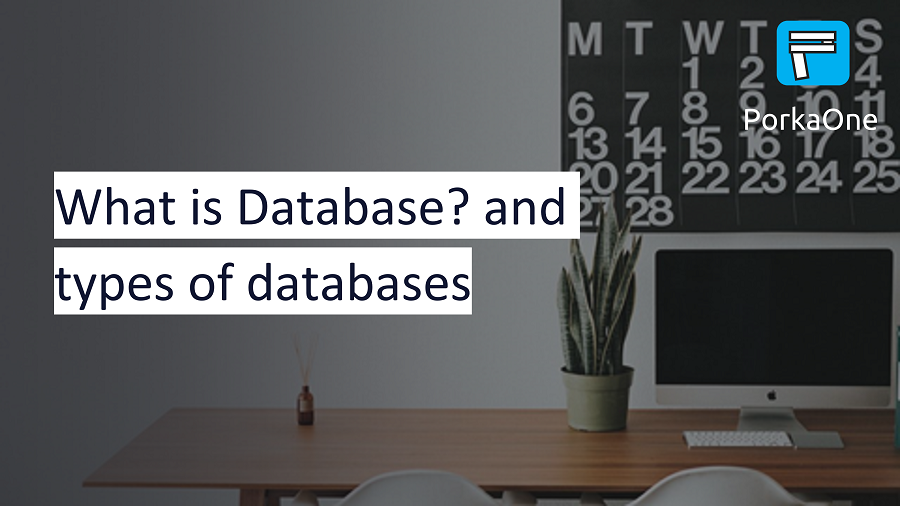
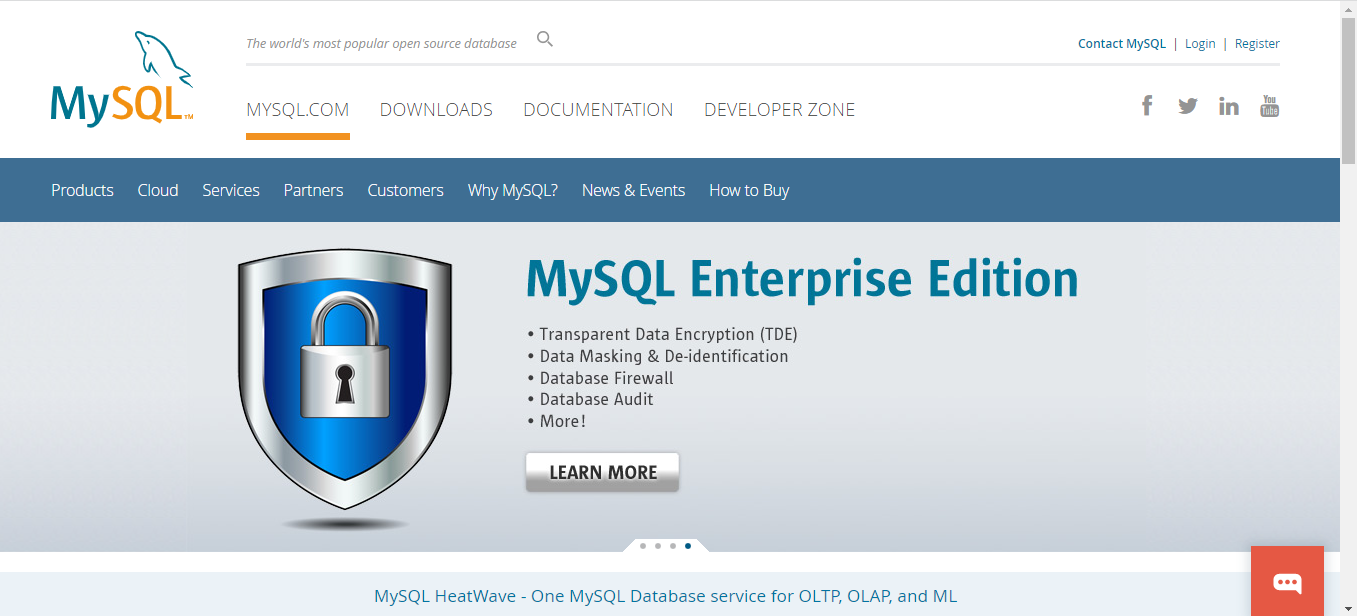

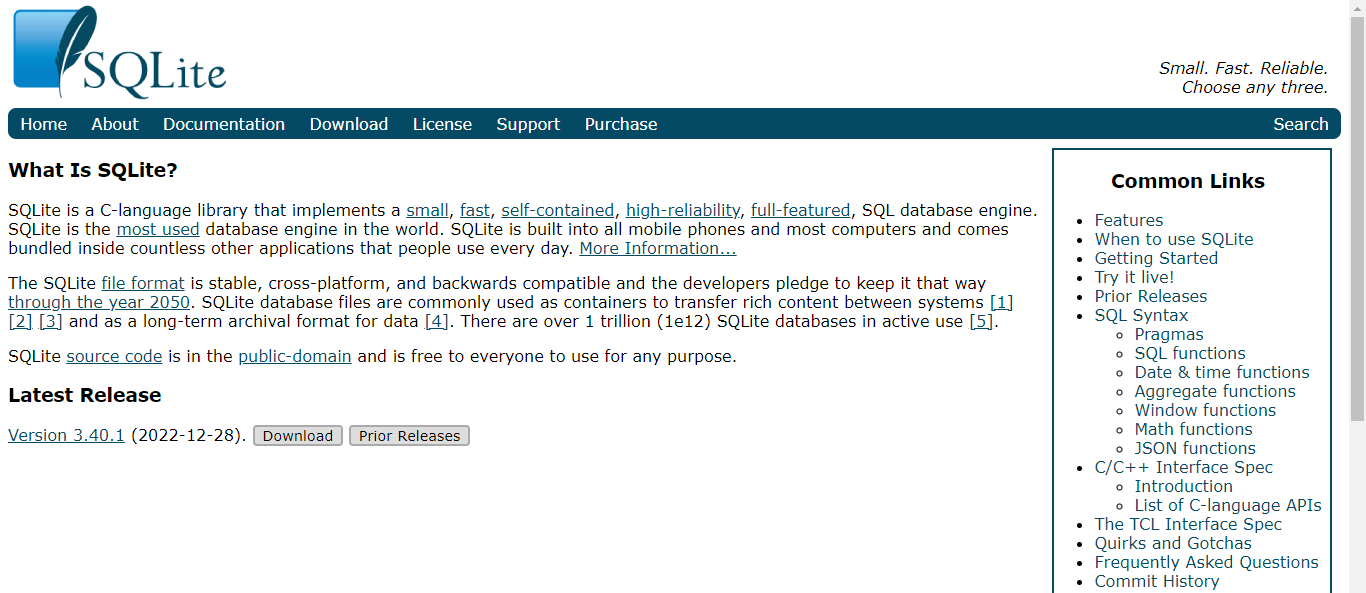

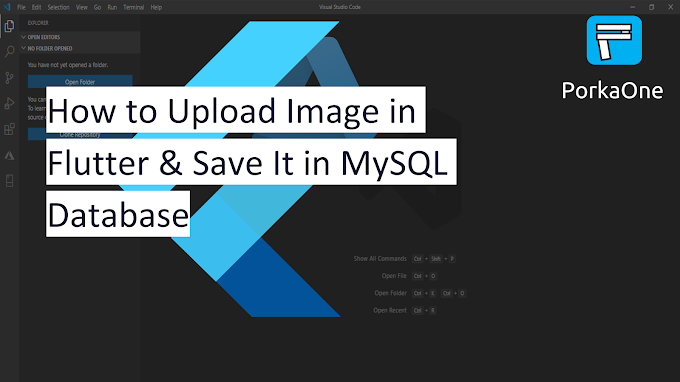

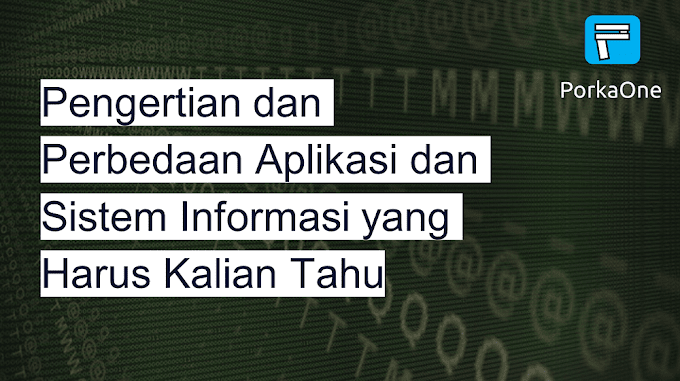

0 Comments
Come on ask us and let's discuss together
Emoji